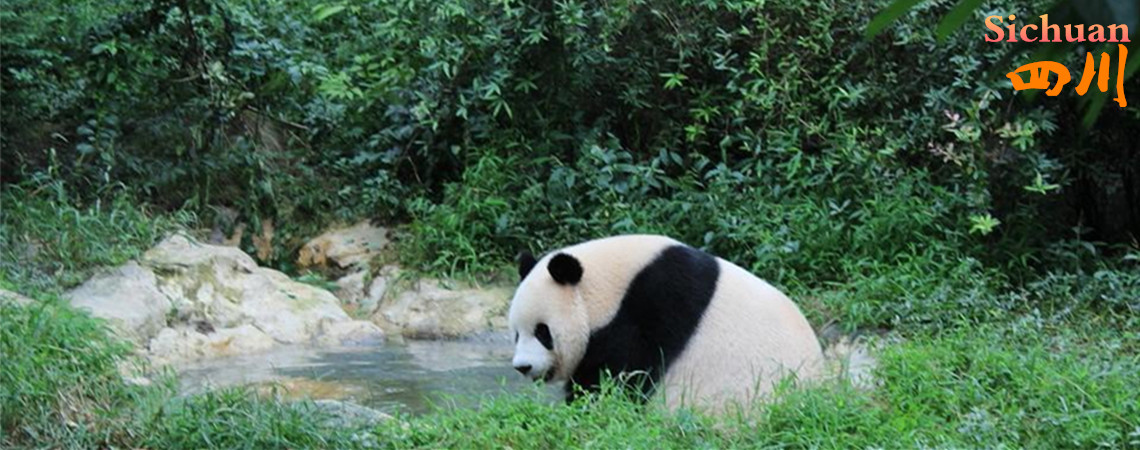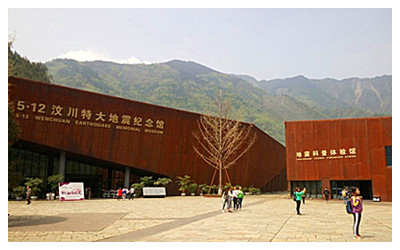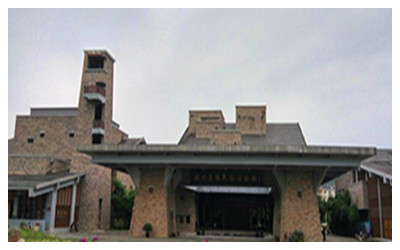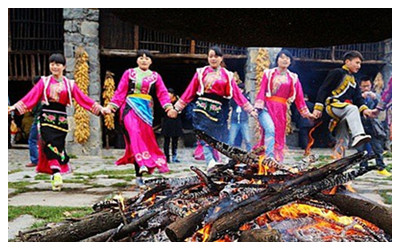Skype: neodalle-travel
Tel: +86 135 7447 2266
E-mail: sales@zhangjiajieholiday.com

Beichuan Qiang Tourism Zone is the best place to experience the culture and customs of the Qiang ethnic minority. Situated in Beichuan Qiang Autonomous County of Mianyang, Sichuan, Beichuan Qiang Tourism Zone boasts an area of 2.3 square miles. There are also the ruins and the biggest memorial hall of the 5·12 Earthquake.
What to see ?
 Memorial Hall of 5·12 Earthquake
Memorial Hall of 5·12 Earthquake
The Memorial Hall in Beichuan Qiang Tourism Zone is located at Renjiaping of Beichuan old county. The themed architecture is named “Crack” to remember the disaster. A 5·12 Big Earthquake Science Museum was also built to supplement the memorial hall, with the intention to educate people about earthquake and to let them experience the disaster by using the most advanced facilities including immersive scenes, LED videos and 4D cinemas.
Earthquake Ruins of Beichuan Old CountyBeichuan New County
Qiang Custom Museum
 The Qiang Custom Museum, lying on the axis of the new county in Beichuan Qiang Tourism Zone, showcases the culture and history of the Qiang ethnic minority. There are large restored scenes to show their unique customs in different times by utilizing a range of techniques. The museum has three floors. Exchanged exhibits from other museums are displayed on the first floor and those on the second floor display the Qiang history. The third floor tells more about the life, religion, marriage customs and social production of the Qiang people, such as the Qiang embroideries, Qiang flutes and folk crafts, amongst others. In addition, one may try to learn the Qiang language at the learning zone of the third floor.
The Qiang Custom Museum, lying on the axis of the new county in Beichuan Qiang Tourism Zone, showcases the culture and history of the Qiang ethnic minority. There are large restored scenes to show their unique customs in different times by utilizing a range of techniques. The museum has three floors. Exchanged exhibits from other museums are displayed on the first floor and those on the second floor display the Qiang history. The third floor tells more about the life, religion, marriage customs and social production of the Qiang people, such as the Qiang embroideries, Qiang flutes and folk crafts, amongst others. In addition, one may try to learn the Qiang language at the learning zone of the third floor.Jina Qiang Village
 Qiang people inhabit the Jina Qiang Village where skulls of sheep are hanged on the doors. Barbicans, as the landmark, stand in the village and were once used as a defense against enemies during the ancient times but now a sightseeing site. Climb to the top to have a view of the entire village. Qiang people like singing and dancing, so there is usually a bonfire party in the evening. Try to learn the Qiang dance from the locals. Try the delicious roasted lamb and experience the local’s life better by staying a night in the village.
Qiang people inhabit the Jina Qiang Village where skulls of sheep are hanged on the doors. Barbicans, as the landmark, stand in the village and were once used as a defense against enemies during the ancient times but now a sightseeing site. Climb to the top to have a view of the entire village. Qiang people like singing and dancing, so there is usually a bonfire party in the evening. Try to learn the Qiang dance from the locals. Try the delicious roasted lamb and experience the local’s life better by staying a night in the village.
Travel Tips
How to there: Take a bus at Mianyang Passenger Terminal to Yongchang. It costs about CNY 10 for about a 50- minute ride. The bus departs based on passenger flow before18:40. Alternatively, take a direct bus at Mianyang Passenger Terminal to Leigu Town, costing CNY 14 for a 1.5-hour ride. After that, hop on a special bus to Beichuan Old County, which costs CNY 17 and the travel time about 15 minutes.
Admission Fee: 5·12 Earthquake Science Museum: CNY 75; Jina Qiang Village: CNY 10; Other attractions are free of charge.
Opening Hours: 09:00-16:30; 5·12 Earthquake Memorial Hall and Science Museum are closed on Mondays, excluding Chinese holidays.
 Ask Questions ?
Ask Questions ?